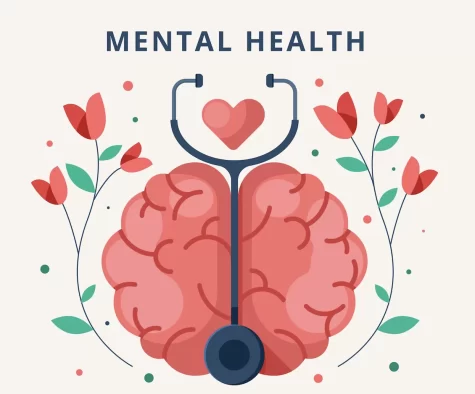Everything You Need to Know About COVID-19
Terms you need to know:
- pandemic: a disease outbreak affecting large populations or a whole region, country, or continent
- quarantine: separates and restricts the movement of people who have a contagious disease, have symptoms that are consistent with the disease, or were exposed to a contagious disease, to see if they become sick
- social distancing: For an individual, it refers to maintaining enough distance between yourself and another person to reduce the risk of breathing in droplets that are produced when an infected person coughs or sneezes. In a community, social distancing measures may include limiting or cancelling large gatherings of people.
- flattening the curve: shorthand for implementing mitigation strategies to slow things down, so that fewer new cases develop over a longer period of time. This increases the chances that hospitals and other healthcare facilities will be equipped to handle any influx of patients.
- self-quarantine: one is voluntarily confining themself by staying at home to slow the spread of disease
What is it?
- Coronaviruses are a large family of viruses that range from the common cold to serious diseases.
- COVID-19 is a new strain that has not been previously seen in humans.
- It can infect both humans and animals.
- It is related to SARS and MERS, two other coronaviruses that have caused major outbreaks in 2003 and 2012, respectively.
How does it spread?
- From person to person through droplets from coughs and sneezes
- Through infected surfaces or objects: by touching a surface or object that has the virus on it and then touching your mouth, nose, or eyes
- It can stay in the air for up to three hours, and survive on plastic and stainless steel for up to three days (Harvard Health Publishing).
- It is highly transmissible during the first five days of having it, even if the person shows no symptoms.
- It may be more widespread than current numbers suggest.
Where are the major epicenters?
- The U.S. has more cases than any other country worldwide, reaching 483,600 as of April 10 (Johns Hopkins Coronavirus Resource Center).
- New York, California, New Jersey, Michigan, and Massachusetts are the five states with the highest number of cases. Florida is #6.
- China’s numbers have been falling and are now at about 84,000 cases.
- Italy is close to 150,000 cases and has the highest number of deaths.
How is it different from the flu?
- It is a newly discovered disease, so there is currently no vaccine.
- The global fatality rate for coronavirus is believed to be about 3.4%. By comparison, “Anthony S. Fauci, director of the National Institute of Allergy and Infectious Diseases, has said that the mortality rate for seasonal flu is 0.1 percent,” (Katie Mettler, The Washington Post)
- For patients over the age of 80, the fatality rate of coronavirus is 21.9%.
How long is it supposed to last?
- Experts are unsure as to an exact time frame, but it will be a matter of months rather than weeks.
- If the U.S. is able to flatten the curve of infections, less people will die, but social distancing will be required for a longer amount of time.
- The Center for Disease Control and Prevention stated, “At this time, it is not known whether the spread of COVID-19 will decrease when weather becomes warmer. There is much more to learn about the transmissibility, severity, and other features associated with COVID-19 and investigations are ongoing.”
Emily Derrenbacker is an Arts & Culture writer for the Reporter and is in her second year at Stetson. She is double majoring in English and social...









